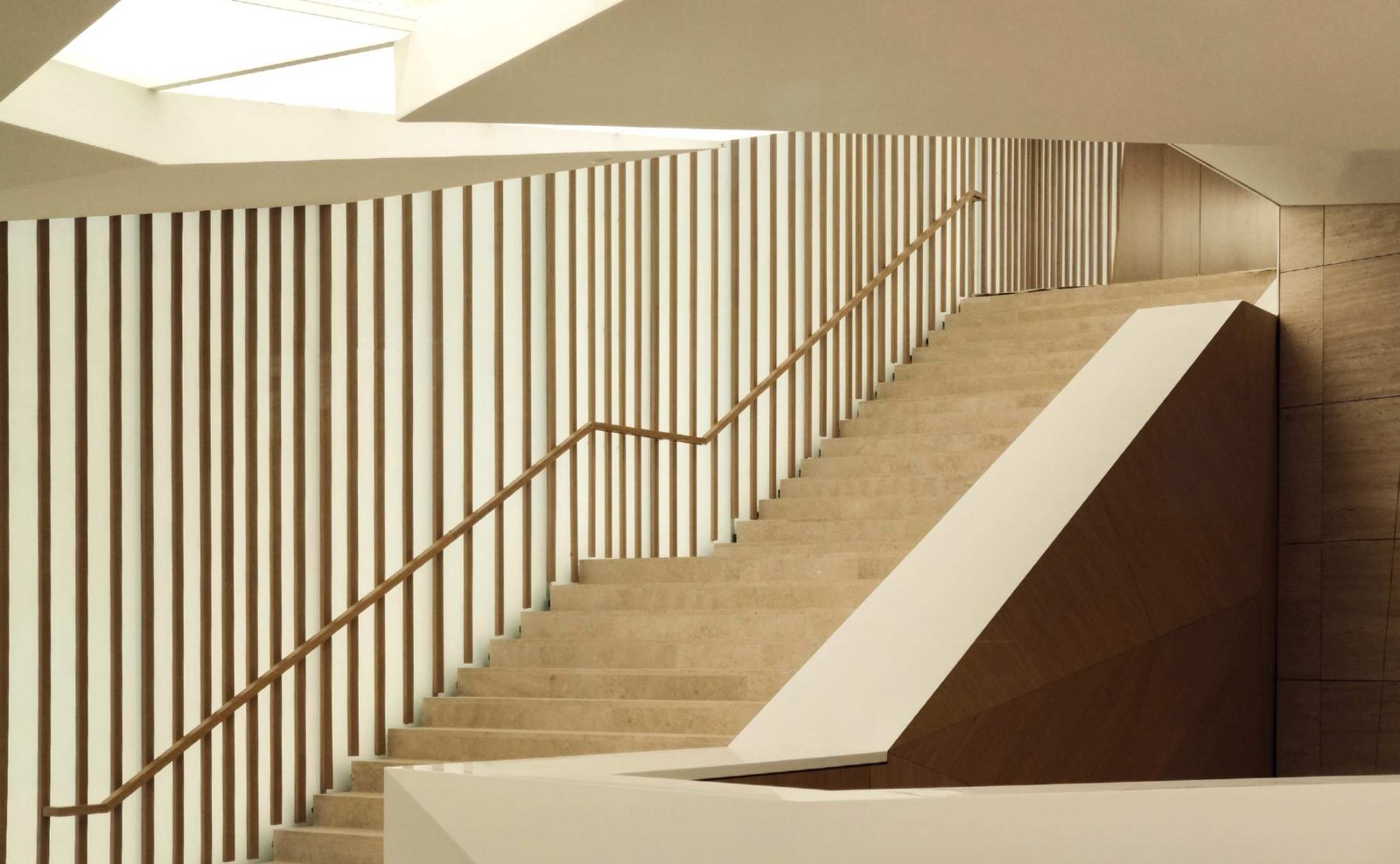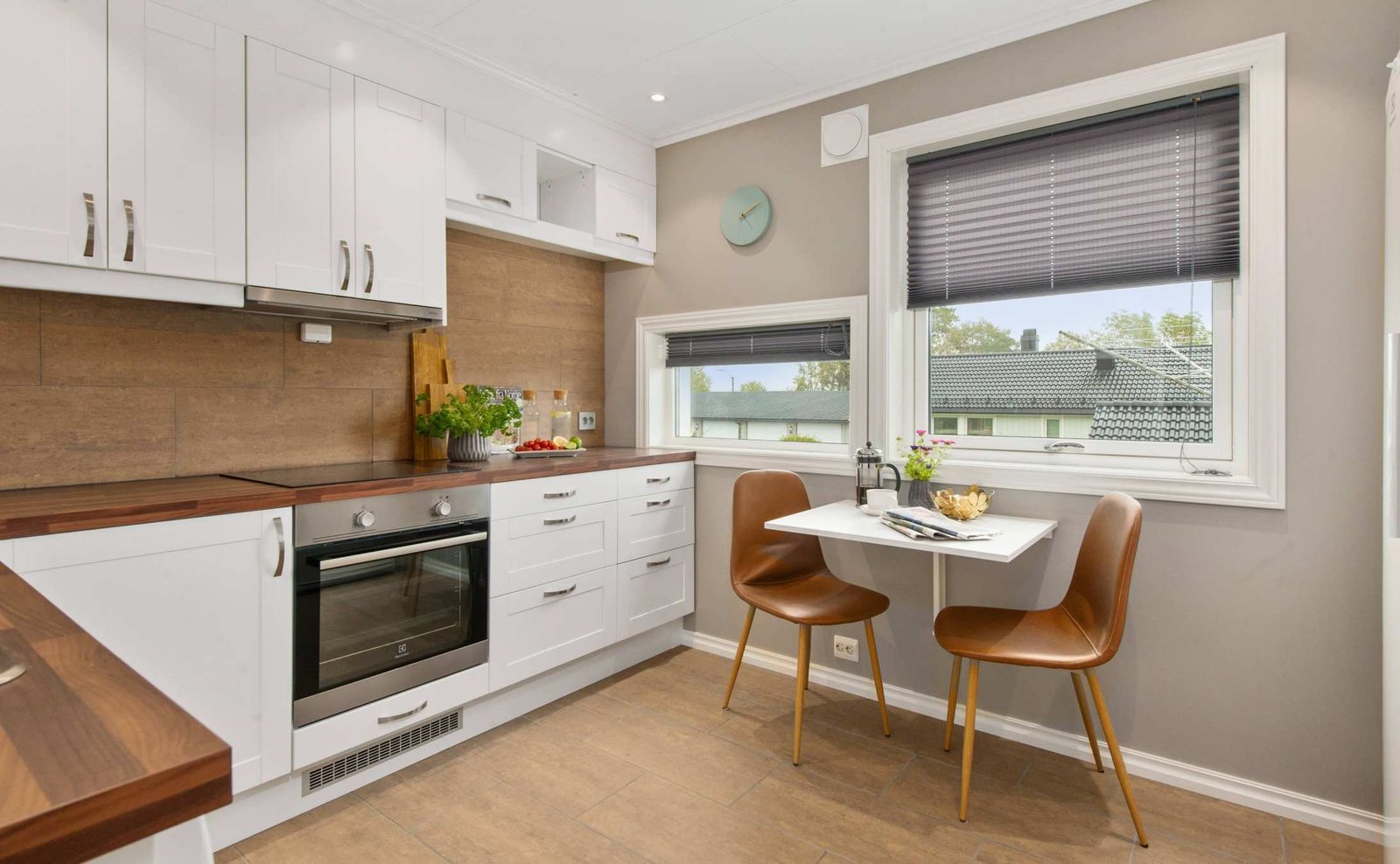
Acoustic Materials
Home Theater Acoustic Materials – What to choose for a high-quality sound
Home theater acoustics is about more than installing a high-quality sound system – while a C-423C QSC home theater speaker system can offer Crystal Clear audio delivery, controlling the sound that’s produced is equally important to guarantee a good home theater audio experience.
This is where home cinema acoustic panels come in. Installing home theater panels made from the right acoustic materials is crucial for home theater acoustics and elevates the audio from middling to cinema-grade.
These materials address home theater acoustics in three ways –
- Absorbing echoes – Home theaters tend to be on the smaller side (compared to auditoriums), causing the sound waves within the room to bounce off its walls. This results in booming sounds and echoes, which the home theater acoustic panels absorb.
- Muffling reverberations – When home cinema panels are strategically placed within the home theater, they can help control the sound and dampen reverberations.
- Diffusing the sound – While echoes and reverberations need to be controlled, home cinema panels should also not absorb too much of the sound. This creates dead space in the home theater, making the sound dull and restrained. The right home theater acoustic panels will also diffuse some of the sound produced, reflecting it into the room and creating a “surround sound” effect.
For these reasons, choosing the right acoustic materials is a key decision.
Home theater acoustic wall panels can be made from a variety of materials, here are a few of the most popular and widely used.
Types of Home Theater Acoustic Materials – Polywool, Rockwool, PU Foam, Woodwool Boards, Glasswool
In our experience designing home theaters and recording studios, here are the materials we most frequently use for treating acoustics and boosting sound quality.
Polywool – Acoustic Properties and when to use it for your home theater
Polywool is spun from polyester fibers and is in the form of slabs or rolls. It’s a lightweight, non-toxic material that’s resistant to moisture and is generally shaded white but can be dyed in other colors. While Polywool was created in the last 10-12 years and is a new-age product, it’s made from fully recyclable materials making it a sustainable option for home theater acoustic panels. Polywool is also fully recyclable itself.
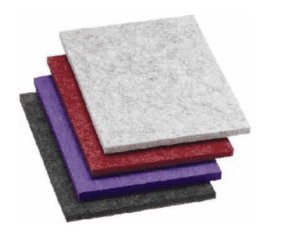
A few other things to know about Polywool as an acoustic material –
- Polywool is a flexible material and can be made into tiles, diamond panels, heart-shaped panels, and more. The material can be imprinted with patterns or designs to suit the desired acoustics of the home theater.
- Since Polywool is a soft and aesthetically pleasing material, it’s generally the choice of acoustic material for corporate offices.
- Polywool is neither dense nor rigid; however, panels made from Polywool hold their shape and don’t sag even after 20-30 years of installation.
- Polywool panels are popularly known as PET panels. The standard thickness of a PET panel is 9-12-25 mm and the standard dimensions are 2 feet wide and 4 feet long.
- Polywool is most often used as wall panels, acoustic baffles, or insulation behind walls and ceilings in a home theater.
Rockwool – Acoustic Properties and when to use it for your home theater
Rockwool is a mustard-colored material also known as mineral wool and is spun from volcanic rock fibers. It’s an old and well-researched product and offers excellent sound absorption and insulation properties.
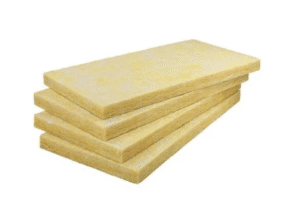
Some other properties and things to know before using Rockwool in your home theater –
- Rockwool is more economical to use for home theater acoustics than Polywool, as it’s about 10-20% cheaper.
- Rockwool is much more rigid and dense compared to Polywool, with density ranging from 24-48-64-100 kilograms and thickness ranging from 25 – 55 mm.
- Rockwool offers an elevated sound quality, making it the preferred choice for home theaters and recording studios. However, to ensure longevity Rockwool is often used along with Polywool, and the former is covered with Polywool as part of the home theater acoustic treatment.
- Aside from home theaters, Rockwool is also frequently used for thermal insulation in AC ducts and industrial settings, and for acoustic insulation in airplanes.
- Rockwool is typically installed in the form of slabs within walls, ceilings, and floors, and is not left exposed to air after application.
- Rockwool is Class A fire-rated, making it a superior material for resisting combustion.
PU Foam – Acoustic Properties and when to use it for your home theater
PU or Polyurethane Foam is a thin, oil-based acoustic material used primarily to achieve good finishing levels for acoustic wall panels. Additionally, PU foam adds to the cushioning of acoustic wall panels, creating a soft touch and feel for the home theater paneling.
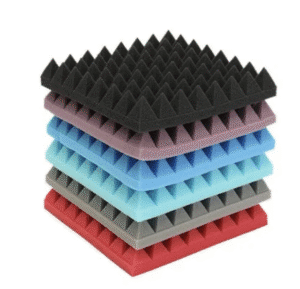
Here are some things to know about PU Foam and using it for your home theater.
- PU foam creates poor-quality sound in the home theater and shouldn’t be the primary acoustic material you use. Instead, it should ideally be used just for finishing the acoustic panels.
- PU foam is 10-20% more expensive than Rockwool, and can fade or crumble when exposed to direct sunlight.
- The design of PU foam is wedge-like, the material’s thickness ranges from 4-12-25-50 mm and PU foam panels have standard dimensions of 1 foot versus 1 foot.
Woodwool Boards – Acoustic Properties and when to use them for your home theater
Woodwool boards are 2’x4’ acoustic boards made from a combination of wood fibers and cement. Quite famous in India and across the world, they make for excellent sound absorption and thermal insulation material. They are often used in home theaters, auditoriums, and commercial spaces to reduce noise and control sound reverberations.
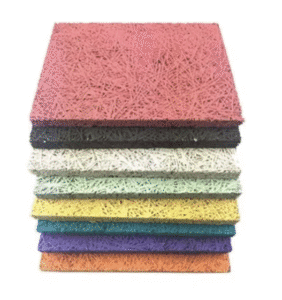
Some things to know about the acoustic and physical properties of Woodwool boards –
- They are 40-50% more expensive than Rockwool but offer stellar sound absorption due to their thickness, which ranges from 8 – 12 – 16 – 25 mm.
- They offer aesthetic versatility, as they can be finished in different colors and textures to match the interiors of the home theater. They can also be cut into a variety of geometric shapes to suit the design and acoustics of the home cinema.
- Woodwool boards are known for being rigid, made from hard pine fibers, and are typically sold as 2 feet by 4 feet boards which are installed on the walls, floor, and ceiling of the home theater, and finished in fabric if needed.
Polywool vs Rockwool vs PU Foam vs Woodwool
Here’s how the main acoustic materials covered so far stack up against each other.
| Acoustic Material | Comparative Cost | Thickness (in millimeters) | Sound absorption | Usage |
| Polywool | Costlier than Rockwool | 9/12/25 mm | 3/5 | Panels, baffles, and insulation |
| Rockwool | 10-20% cheaper than Polywool | 25/50 mm | 5/5 | Acoustic panels |
| PU foam | Cheapest | 4/12/25/50 mm | 2/5 | Panel finishing |
| Woodwool | Costliest of all(Thickness wise) | 8/12/16/25 mm | 5/5 | Acoustic panels |
Glasswool – What to know before using it in your home theater
Glasswool is a type of home theater insulation material made from recycled glass fibers, which are spun into mats or rolls. They’re available in various ranges of thickness and densities and make for excellent thermal insulators and soundproofing materials.
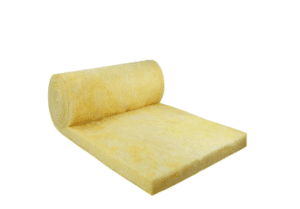
Glasswool is quite dense and hence has excellent sound absorption qualities. It’s also lightweight, fire-resistant, durable, and cost-effective, making it an attractive material to install in your home theater to ensure good acoustics.
Guarantee the best acoustics for your home theater
At Symphony 440 Design Group home theater design and consultancy, we specialize in designing home theatres that create cinema-grade audio experiences.
Our home theater acoustics services include –
- Analyzing the needs of your home theater to suggest the appropriate materials and products, budgeting to help balance cost with quality
- Pre-construction testing to identify potential acoustic risks, creating accurate drawings and plans of home theater layout
- Designing the interiors of the home theater by choosing the right fabric, acoustic materials, and flooring options to enhance aesthetics and sound quality
- Following acoustics best practices to lower reverberation time, equalize direct versus indirect sound, and optimize sound absorption.
Reach out to us today to start designing a cinema-grade home theater for your unique needs.



